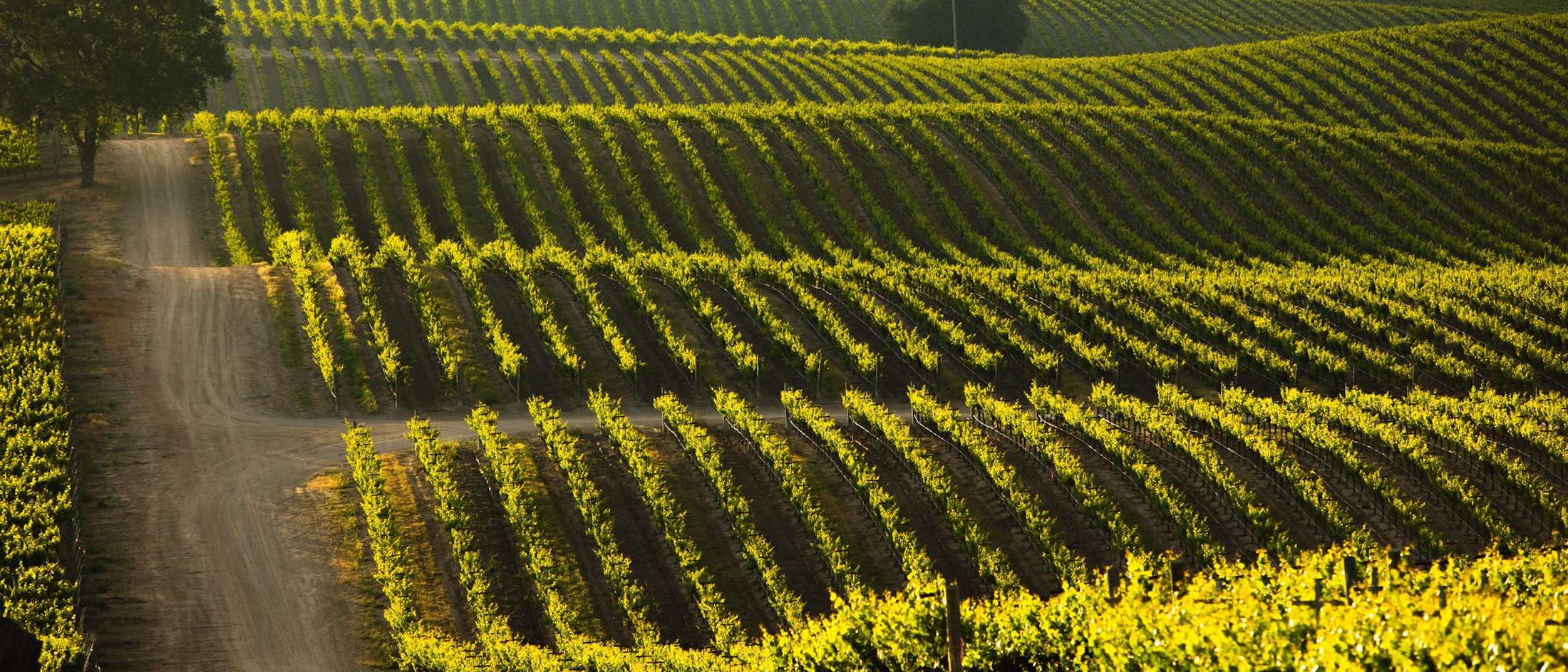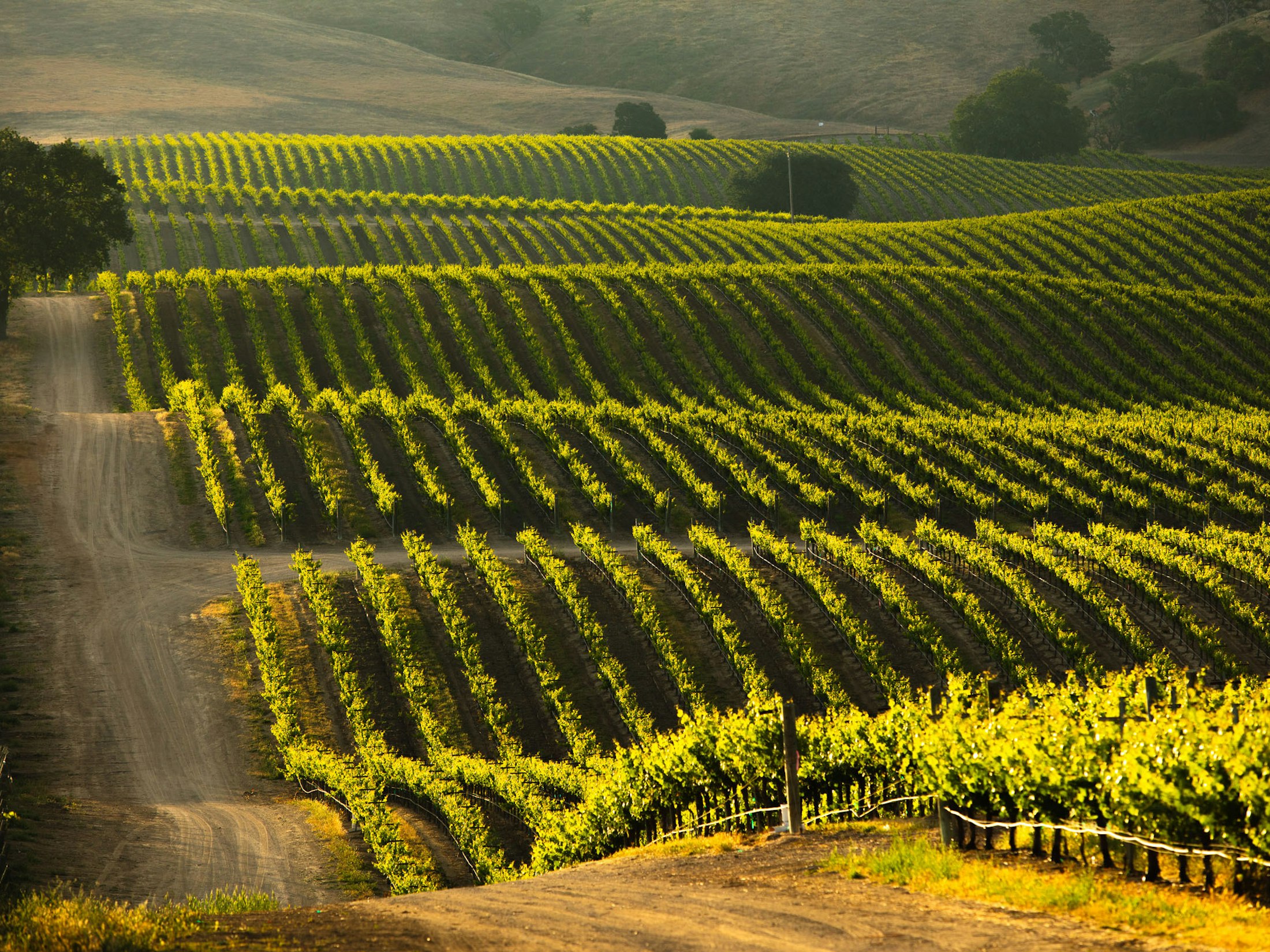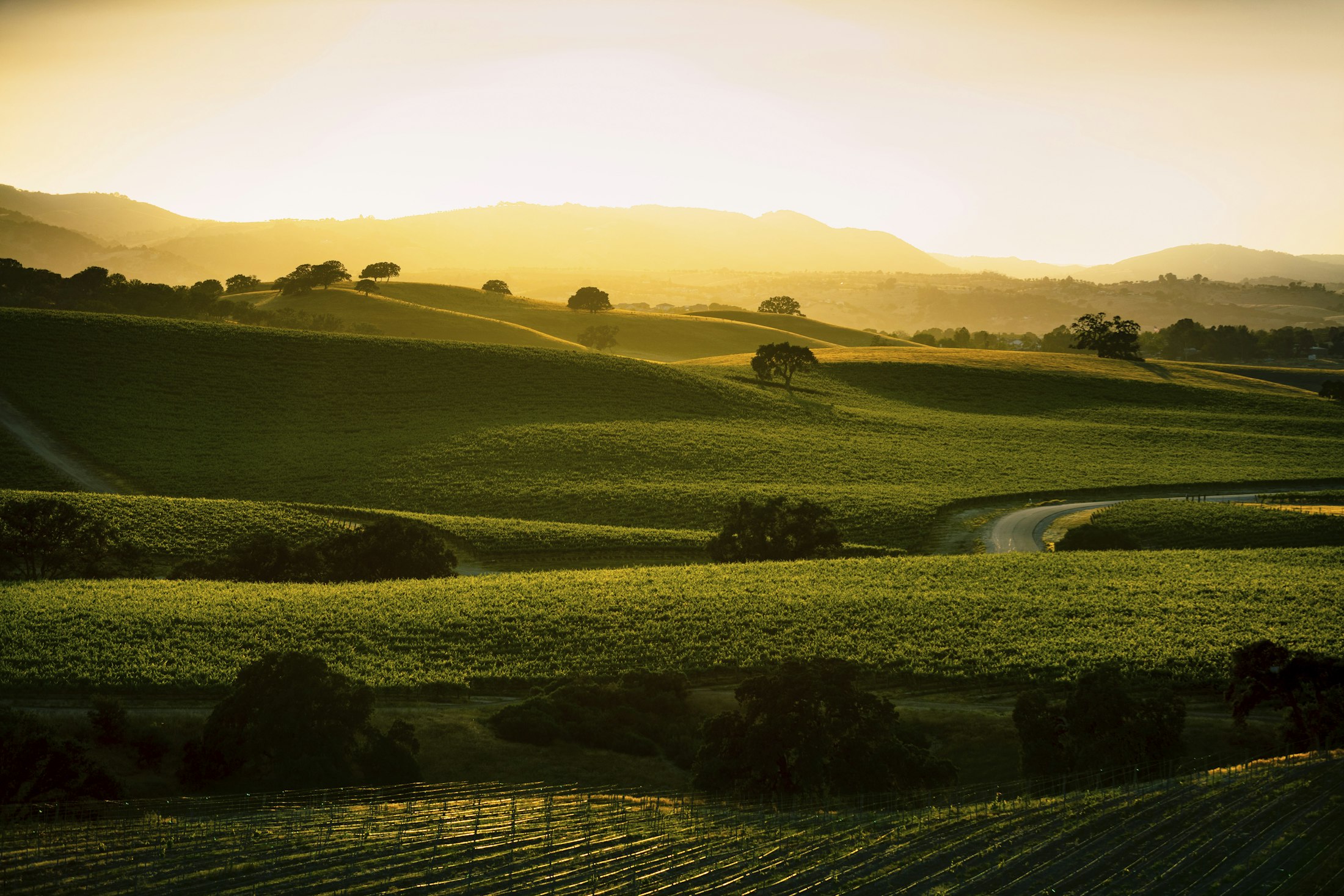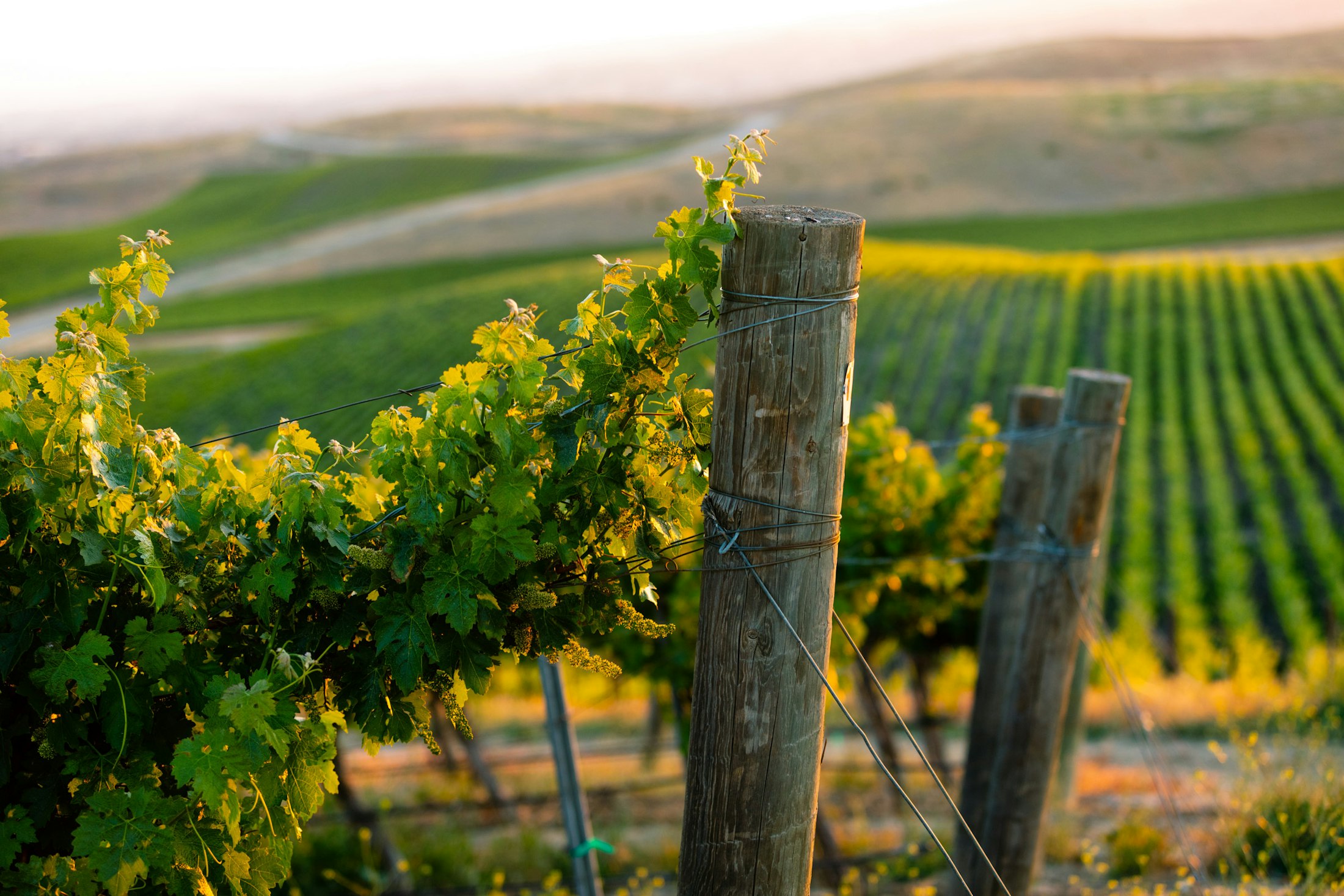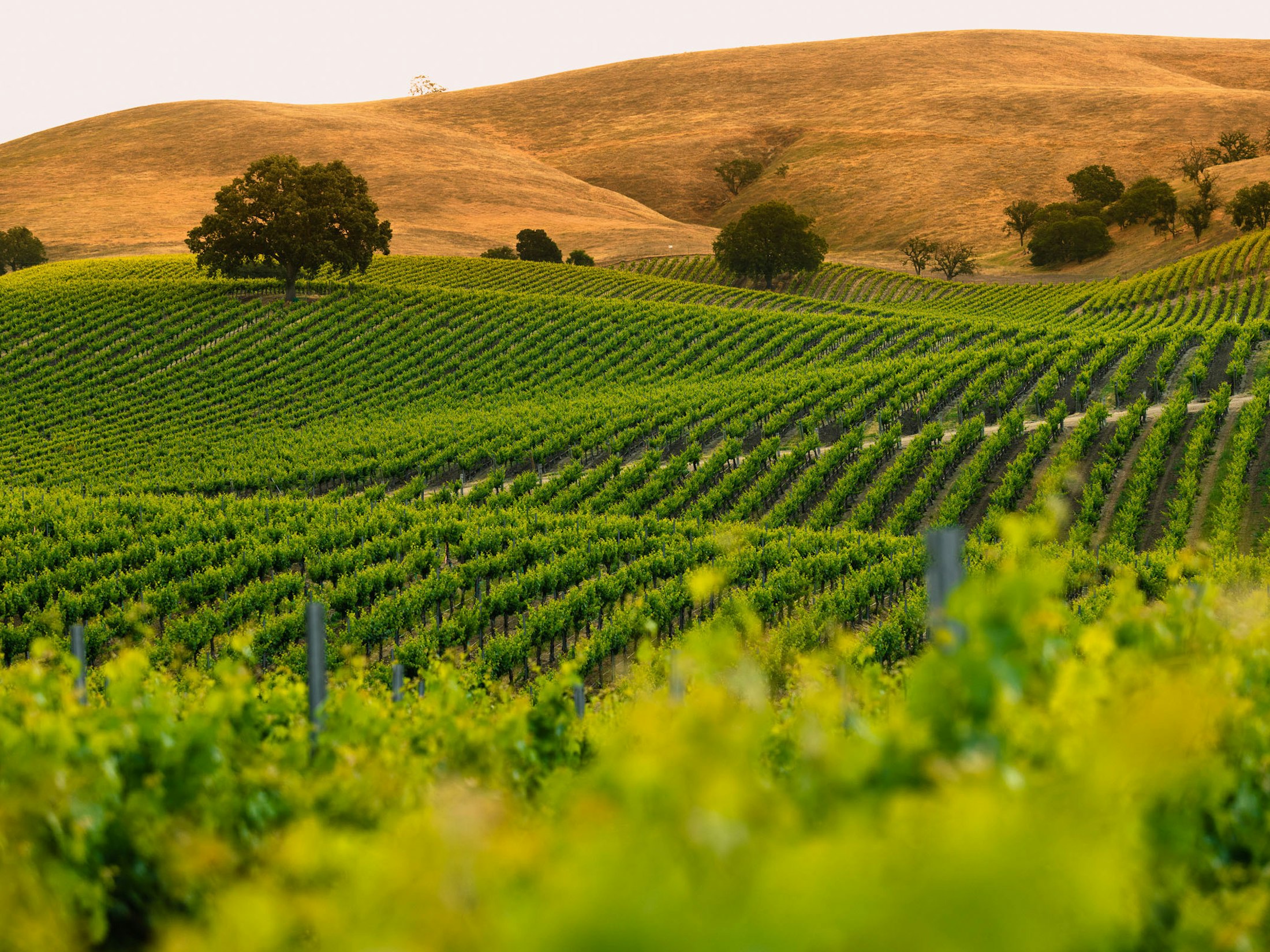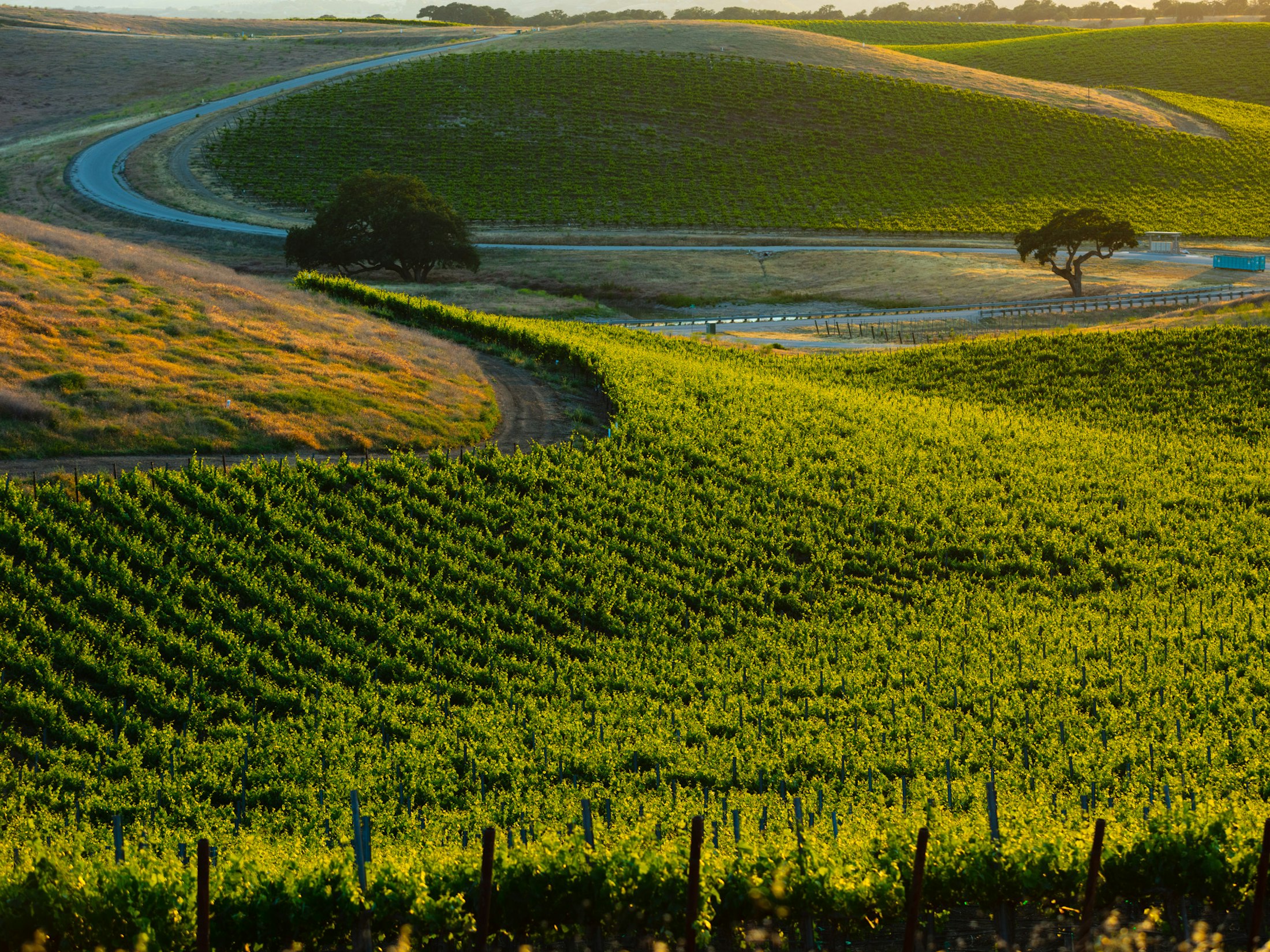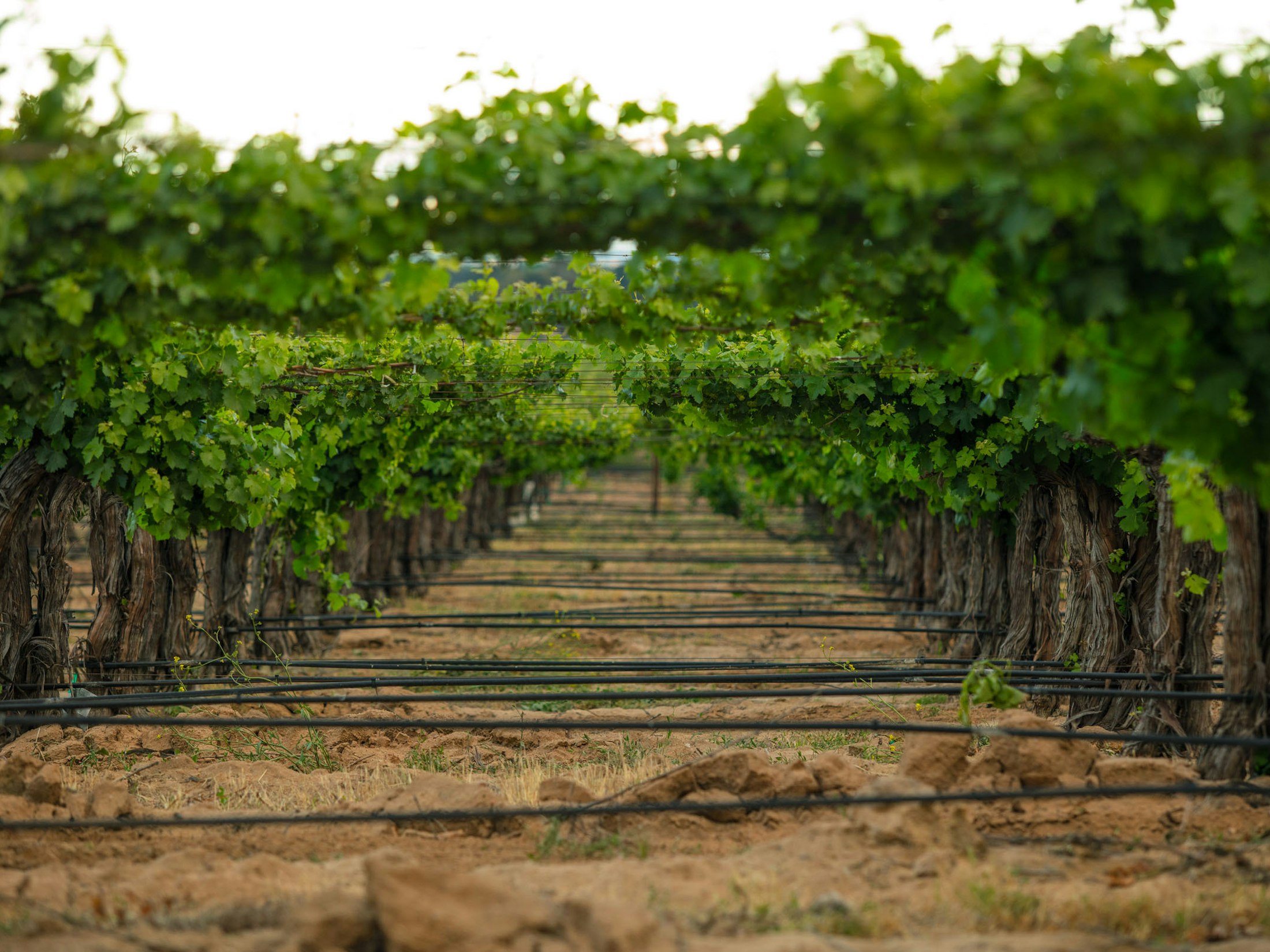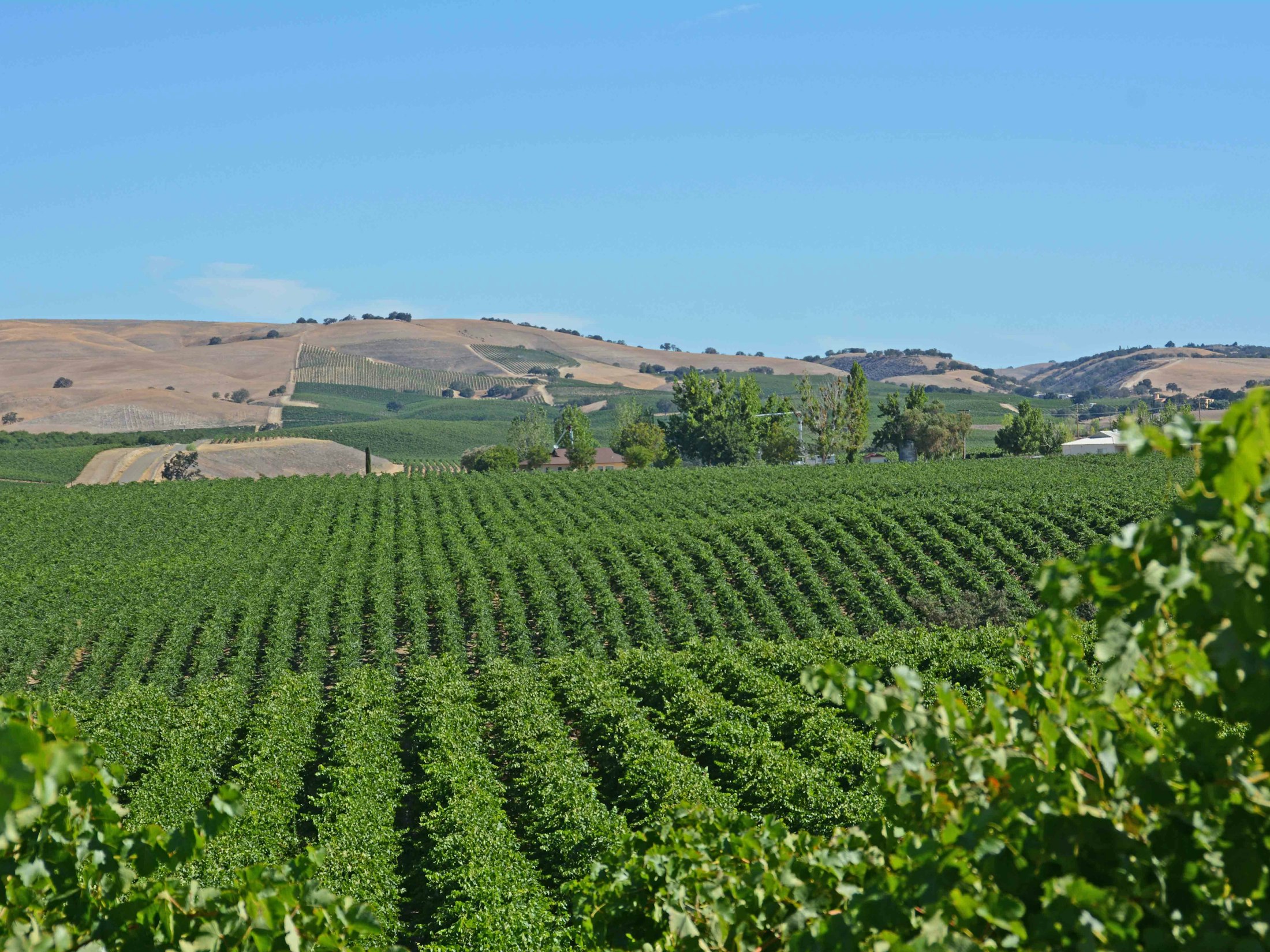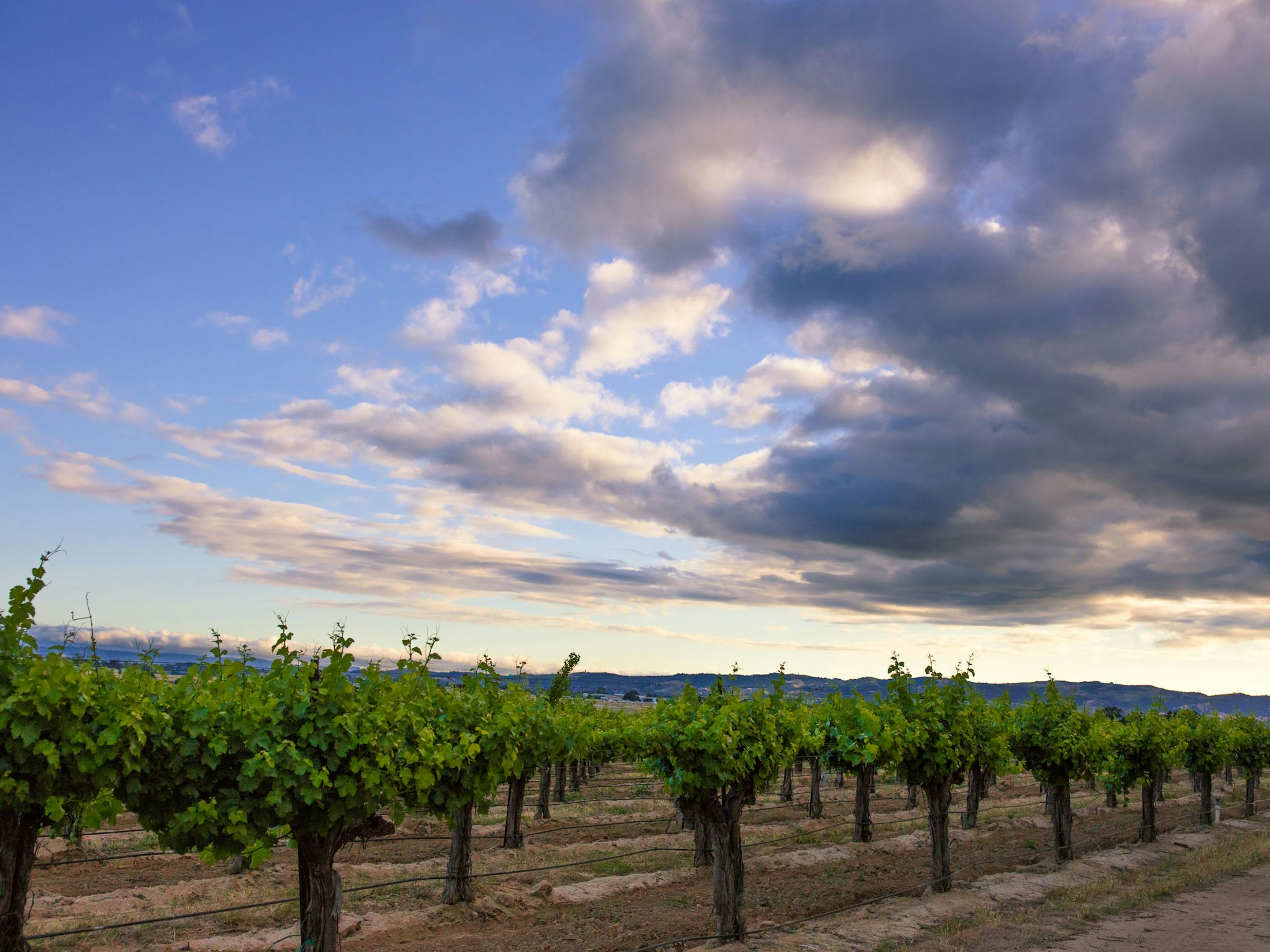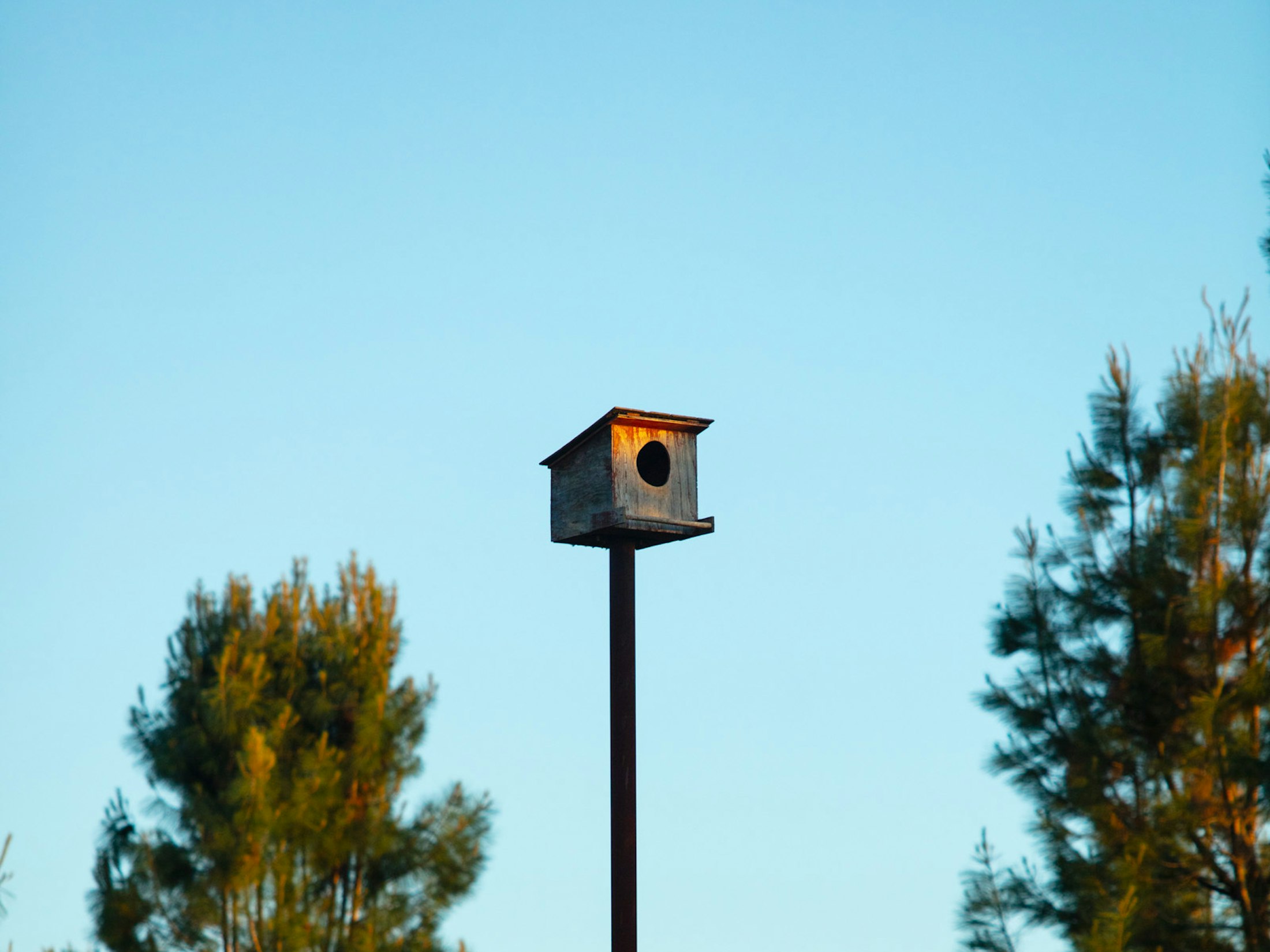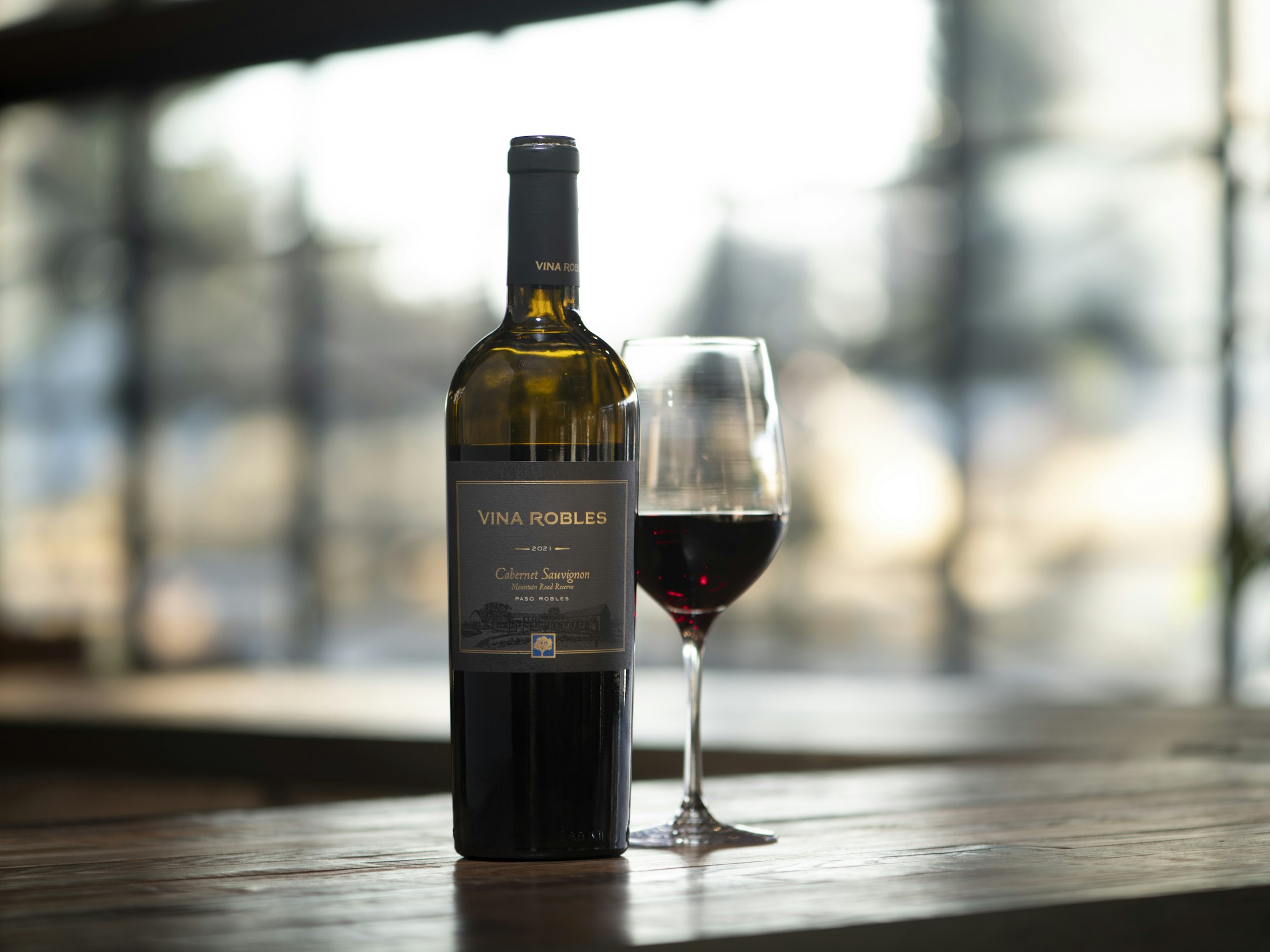Terra Bella Vineyard
Year Planted:
2001-2018
Vineyard Acreage:
66 acres
Varietals:
- Cabernet Sauvignon (41%),
- Grenache (39%),
- Syrah (9%),
- Other (11%)
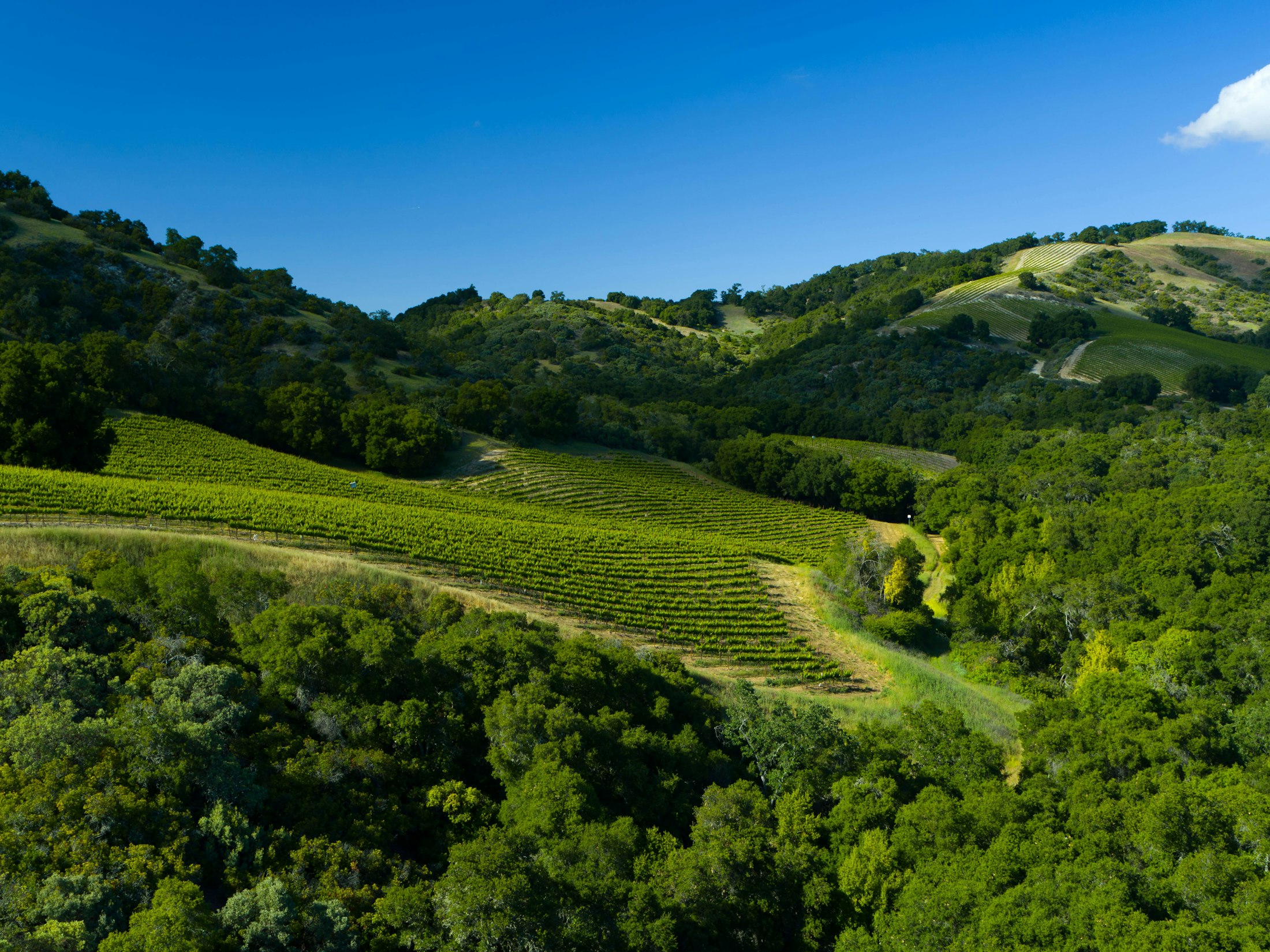
Terra Bella Vineyard, mostly planted to Cabernet Sauvignon, Grenache and Syrah, is located in the coastal mountains west of the city of Paso Robles. This site is the second highest westside vineyard in Paso Robles at 1960 feet. You will find it off Bear Valley Road, which is appropriate, not only because black bears used to roam the forests out there, but also because farming this vineyard is a “bear” due to its steep south westerly slopes.
The quality of Terra Bella is rooted in the conditions of the Adelaida District, which include rocky limestone-rich soils and a moderate marine climate that promotes balanced ripening. The slopes ensure excellent drainage, which limits vine vigor. The clusters and grapes are always small, which translates to dark color and intense flavors.
